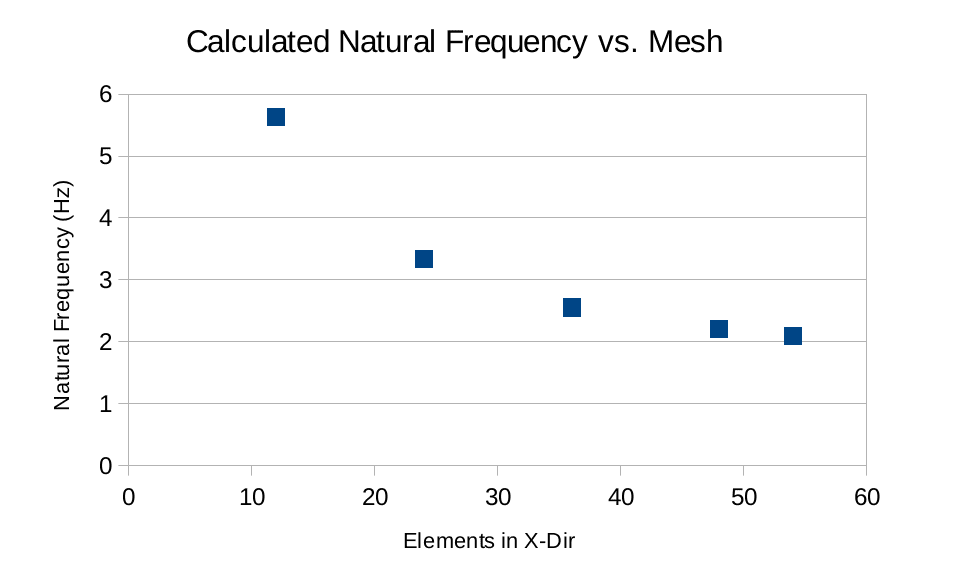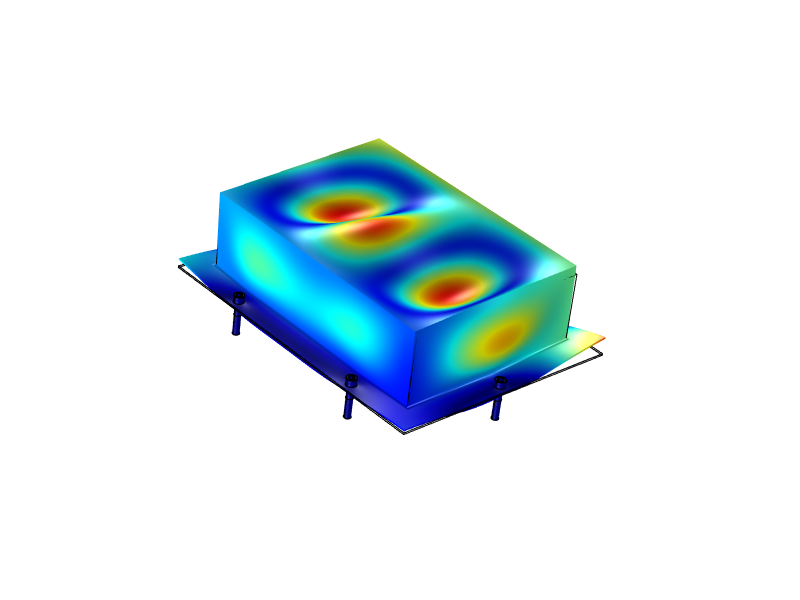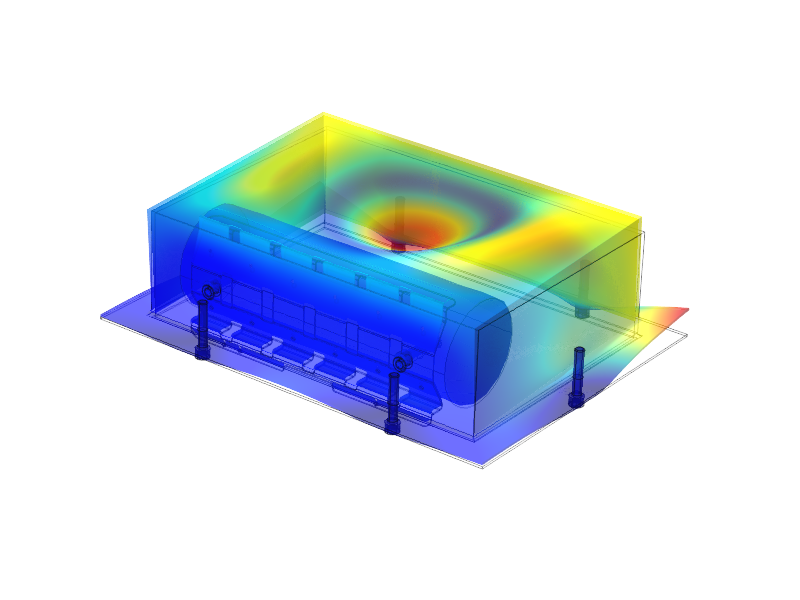Natural Frequency Analysis
The design and analysis of real engineering systems can be very complex. One factor that is important to consider, is the natural frequency of the system and/or component. The natural frequency or frequencies is the frequency at which a structure or object will oscillate at when a force acts on the system.
This matters because if you design a component and install it onto a system where the system – say an engine or motor – runs or vibrates at a frequency frequency near the natural frequency of the component, the the component can start to vibrate in an uncontrolled fashion and destroy itself. Clearly this is not something you want as a designer.
For simple structures, classic analytical methods can be used to calculate the natural frequencies of the structure. But for more complex shapes, a finite element simulation can be run to determine the natural frequencies of the structure. A couple of examples are shown below.
The first structure is representative of a single-axis tracking solar panel. Solar panels are attached to a beam with brackets, etc. and then the beam is turned as the sun moves across the sky to better capture the sun’s rays. It seems that this would be a simple design – and yes from a mechanical standpoint it is straight forward. You use a beam, some clamps, etc. and attached a solar panel to the beam. But, one has to consider a number of natural phenomena in order to determine what types of structural loads might exist. For example. the wind blowing over the top of the panels can be problematic.
As the wind blows over the top of the panel, vortices are shed as the flow goes past the top or bottom edges. The shedding of vortices leads to pressure differentials between the front and back of the panel. The resultant force causes the panel and support system to vibrate. if that input force and vibration frequency is such that it excites the panel at or near its natural frequency, then the panel can oscillate wildly in the wind.
That leads to two important issues to address: the shedding frequency for the panels at different angles and the natural frequency of the panel and support structure. The layout below shows the finite element mesh for a simple example of a beam with solar panel attached. The properties of the panel are approximate and only shown here as a example of the types of mode shapes what will exist.
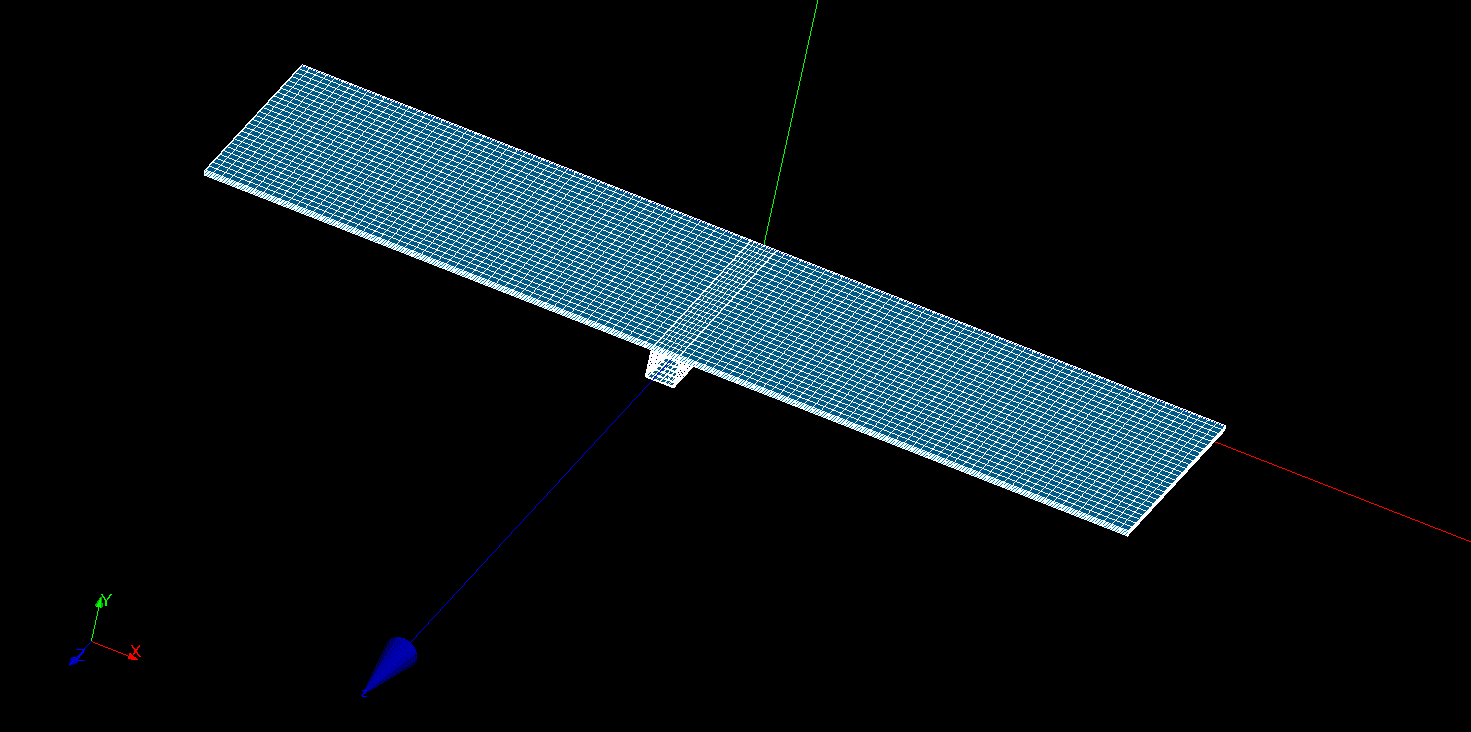
The bottom surface of the panel was assumed to be fixed for simplicity. Multiple panels and a longer beam could have also been used to assess modes associated with the beam / panel combination rather than just the beam as done here. The first couple of modes are shown in the next two images.
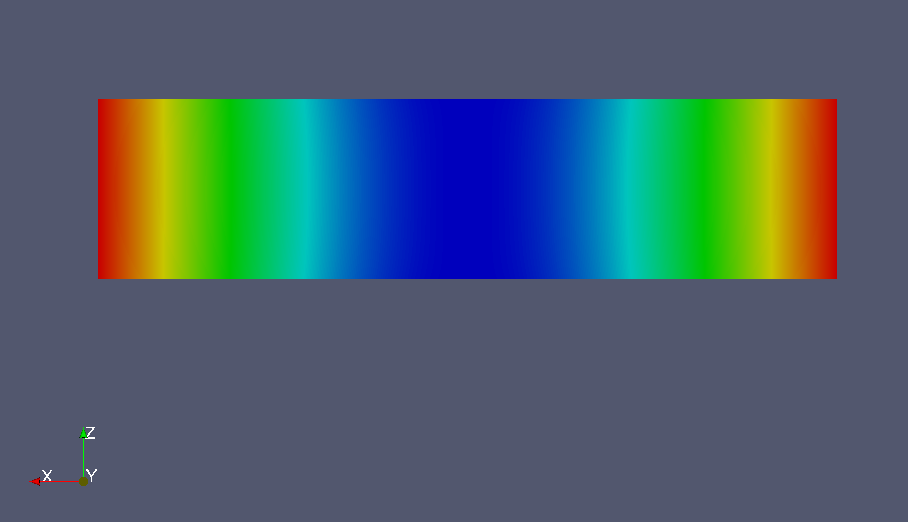
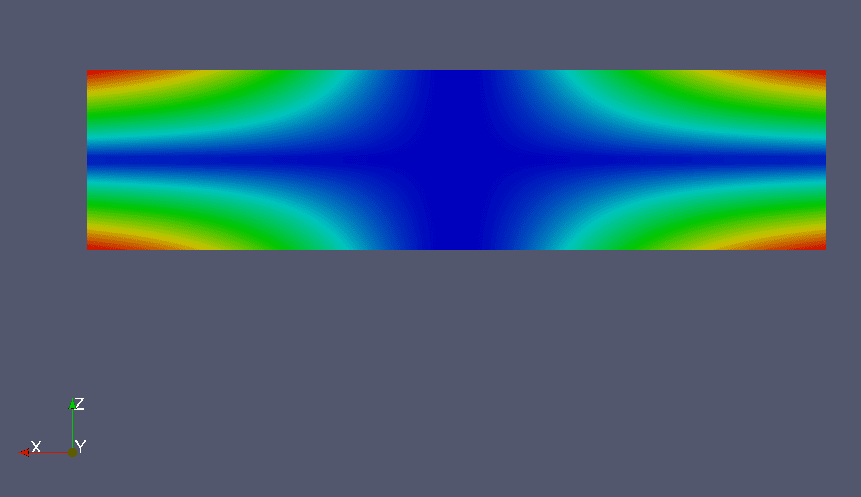
The last image here shows that the determination of the natural frequency depends on the amount of mesh used in the analysis process. Note that there is a factor of 2-3 times difference for the natural frequency found via a coarse mesh compared to a mesh independent solution. So in conducting finite element analysis, it is important to understand what you are analyzing and to make sure your solution is independent of the amount of mesh used.
